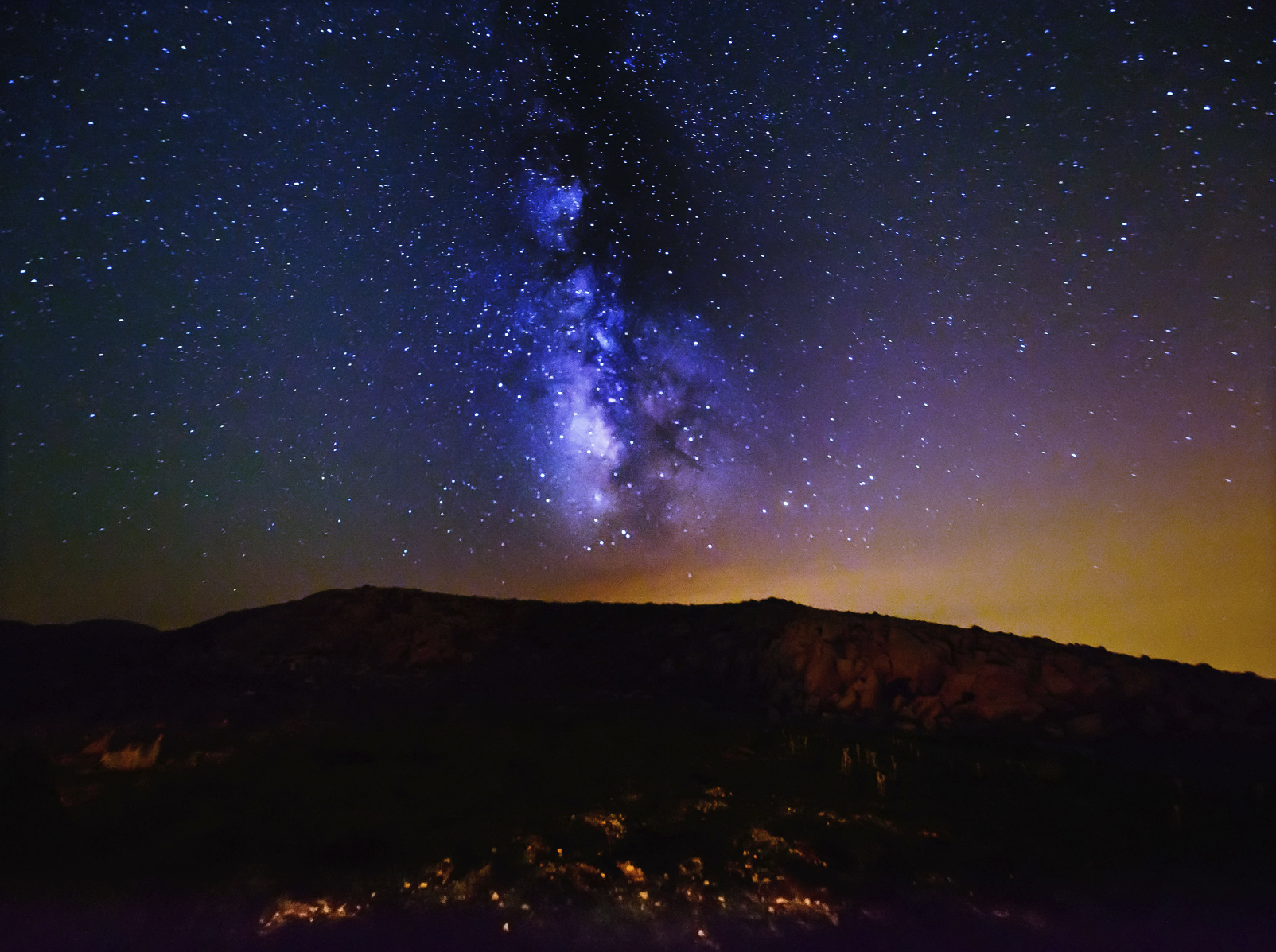This article was last updated on August 5, 2022
Astronomy has fascinated man for centuries. Many ruins contain the remnants of ancient astronomy methods. Image technology has come a long way, and the blending of photography with telescopic stargazing produced the fascinating pursuit of astrophotography. This has lead to stunning photographs and has led many photographers into creating Personalised Star Maps which blend art and astrophotography. Many photographers, viewing these beautiful images of the Aurora Borealis, the Milky Way, star clusters, moon, constellations, and other celestial bodies, feel the urge to learn the specifics of astrophotography and join others who have learned to love this challenging photography category.

What You Need
- A DSLR, Mirrorless, or high-end point and shoot camera that offers manual settings are good cameras to use when learning astrophotography.
- Our suggestions:
- DSLR Camera: Canon EOS Rebel T8i with 18-55 IS STM Lens
- Mirrorless Camera: Sony Alpha A7 III with FE 28-70mm Lens
- Point & Shoot Camera: Olympus TG-6 12MP with F2.0 4X Lens
- Our suggestions:
- Tripod – A sturdy tripod with a three-way pan head allows you to easily aim your camera and properly frame the chosen field.
- Telescope – You do not need a telescope to enjoy astrophotography but would be needed for planetary imaging. (see the section below at the end of this article)
- Camera Mount – A steady camera is critical to success. A camera mount is your assurance the camera will not move during the photography process.
- Programmable Shutter Release – A shutter release eliminates the possibility of unintended movement when depressing the shutter by hand.
The Best Time For Astrophotography In Canada
Plan your photography times by the phases of the moon and bright starry nights. Winter skies always present opportunities for stunning astrophotography images.
Illumination is necessary for any type of image shooting, including astrophotography. Many people choose to use the moon as the light source. During the moon’s first quarter, landscapes to the north and east are lit. A full moon provides light from sunset, and is lighting the sky all night. Moon calendars provide information on the phase, and are helpful when planning to use the moon as your source of illumination.
Camera Settings
Stars are also sources of light. Using an F2 or F2.8 setting, a wide-angle lens, an ISO speed of 1600 plus, and a long exposure of 30 to 60 seconds allows you to capture a beautiful image of stars above a landscape. The stars will provide the lighting and highlight detail, creating a gorgeous image. Using a remote control to fire your shutter can easily capture star trails. Consider exposures of 20 to 40 seconds, allowing only two seconds between exposures. You can capture hundreds of images using this method.
The Northern Lights are another favorite subject of astrophotographers. The lights appear mostly in the northern sky. Use a fast aperture setting of F2.8 or F4 and a high ISO speed of 400 to 1600. Experiment with these settings until you achieve the success you want.
Do You Need A Telescope?
A telescope can bring you much closer to the heavenly bodies you are photographing, but it does require a higher learning curve. A good telescope may be cost-prohibitive for some people, so you might want to consider renting until you can afford your own. It is possible to capture some lovely images without a telescope. If you are just getting started, you may want to consider using the lowest-priced option as you hone your skills.
Astrophotography is certainly challenging, but with the challenges come great rewards. If you enjoy something out of the ordinary, give astrophotography a try!



